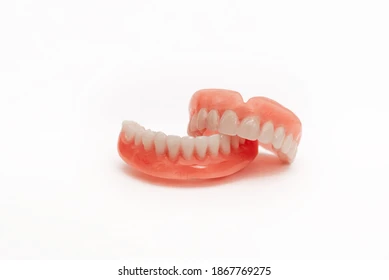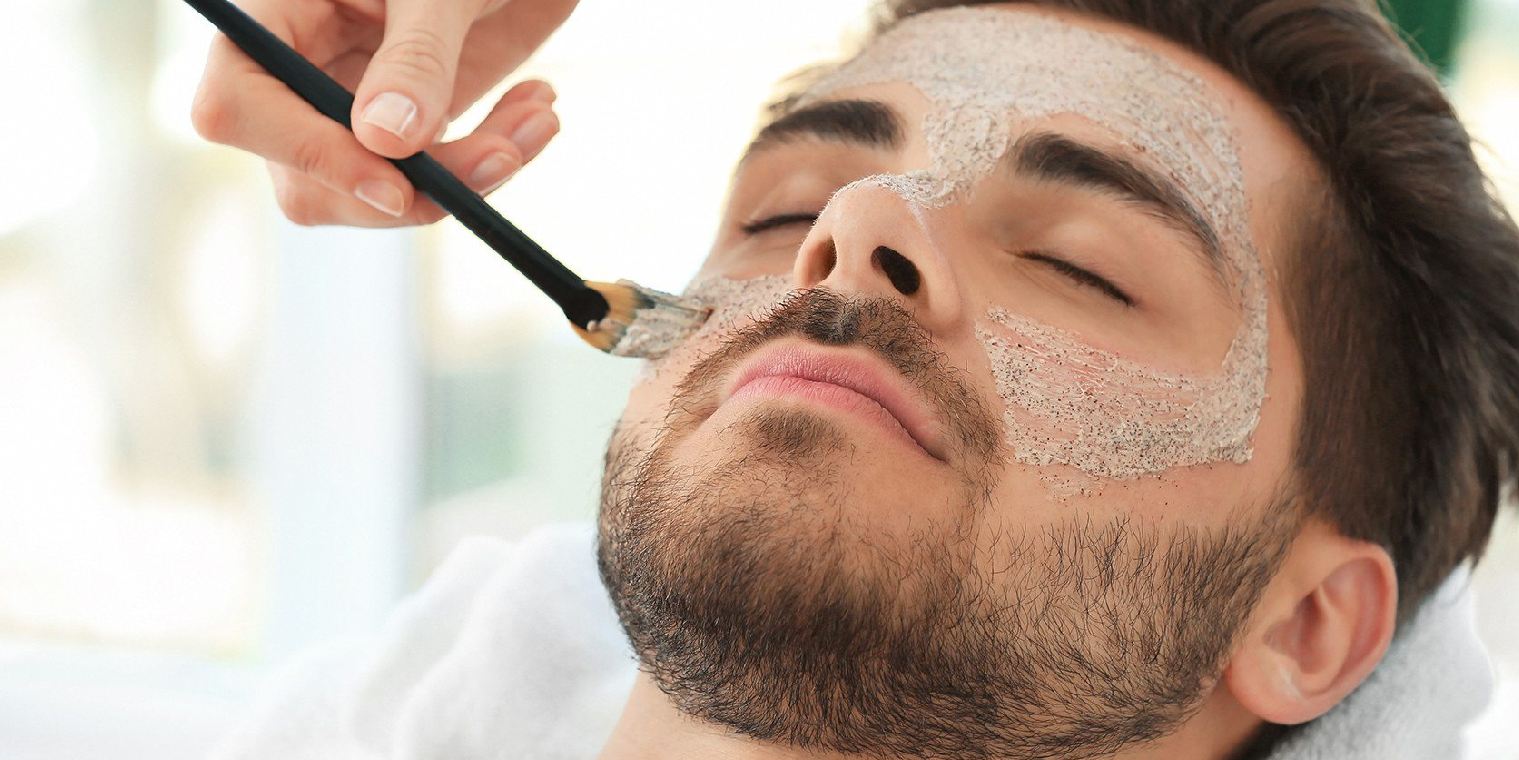Tooth loss is a common dental issue that affects millions of people worldwide. Whether caused by decay, gum disease, or injury, missing teeth can greatly impact a person’s confidence, oral health, and quality of life. Fortunately, modern dentistry offers several effective solutions, and among the most popular are partial dentures. These removable dental prosthetics are designed to replace one or more missing teeth while preserving your natural smile and chewing function. If you are missing some teeth but still have healthy ones, partial dentures might be the perfect fit for you.
What Are Partial Dentures?
Partial dentures are custom-made removable dental appliances that replace missing teeth in either the upper or lower jaw. They are designed to fill the gaps created by lost teeth and are supported by the remaining natural teeth and gums. Typically made of acrylic, metal, or a combination of both, partial dentures restore function and aesthetics while preventing other teeth from shifting out of position.
Partial dentures can be easily removed for cleaning and sleeping, offering flexibility and convenience. Unlike fixed bridges or implants, they do not require surgery, making them an affordable and less invasive option.
Types of Partial Dentures
There are several types of partial dentures, each catering to different needs and preferences.
Acrylic Partial Dentures
These are made from a gum-colored acrylic base that holds artificial teeth in place. They are often used as a temporary or transitional solution, especially after tooth extraction. Acrylic partial dentures are affordable but may not last as long as other options.
Cast Metal Partial Dentures
Known for their strength and durability, these dentures consist of a metal framework with clasps that attach to your natural teeth. The metal base provides better stability and a thinner profile, making it more comfortable to wear for long periods.
Flexible Partial Dentures
Made from a soft, flexible material, these dentures offer a more natural feel and improved comfort. They blend seamlessly with the gums and are a popular choice for those with sensitive oral tissues or allergies to metal.
Benefits of Choosing Partial Dentures
Opting for partial dentures offers numerous advantages that go beyond simply filling in the gaps of missing teeth.
Restores Function and Aesthetics
Partial dentures allow you to chew, speak, and smile naturally again. They restore your facial appearance by supporting the lips and cheeks, which can sag when teeth are missing.
Prevents Teeth from Shifting
When a tooth is lost, the surrounding teeth tend to drift into the empty space, leading to bite misalignment and further dental complications. Partial dentures help maintain proper alignment by keeping your remaining teeth in place.
Affordable and Non-Invasive
Compared to dental implants or bridges, partial dentures are a cost-effective solution. They do not require surgical procedures or extensive dental work, making them ideal for patients looking for a simpler restoration option.
Easy Maintenance
Partial dentures are removable, allowing for easy cleaning and hygiene. Regular cleaning prevents plaque buildup and ensures the longevity of both your natural teeth and the denture itself.
How Partial Dentures Differ from Full Dentures
It’s important to understand the difference between partial dentures and full dentures before making a decision.
Partial dentures are used when some natural teeth remain in the mouth. They rely on the existing teeth for support and stability. In contrast, full upper denture or full lower denture replaces an entire arch of teeth. Full dentures are best suited for patients who have lost all their teeth in a jaw.
A full upper denture, for example, covers the entire upper gum line and palate, providing complete tooth replacement for the upper arch. While full dentures are an excellent solution for total tooth loss, partial dentures are ideal for preserving and complementing your existing teeth.
The Process of Getting Partial Dentures
The process of obtaining partial dentures usually involves several steps and visits to your dentist.
1. Consultation and Examination
Your dentist will assess your oral health, take X-rays, and discuss your needs and preferences. They will determine if partial dentures are the right choice based on the condition of your remaining teeth and gums.
2. Impressions and Measurements
Precise molds or digital scans of your mouth are taken to ensure a perfect fit. Accurate impressions help create dentures that sit comfortably and function effectively.
3. Fabrication
The dental laboratory uses your impressions to design and craft the denture framework and artificial teeth. The materials are chosen based on durability, comfort, and appearance.
4. Fitting and Adjustments
Once the dentures are ready, your dentist will test them in your mouth. Adjustments may be made to ensure proper alignment, bite comfort, and aesthetics.
5. Final Placement and Care Instructions
After confirming a good fit, your dentist will provide care instructions and tips for cleaning and maintaining your new dentures.
Caring for Your Partial Dentures
Proper care is crucial for keeping your partial dentures clean, functional, and long-lasting.
- Clean daily: Brush your dentures every day with a soft toothbrush and non-abrasive cleaner to remove food particles and plaque.
- Soak overnight: Place them in a denture-cleaning solution or plain water overnight to prevent them from drying out.
- Handle with care: Avoid bending or damaging the clasps and framework.
- Maintain oral hygiene: Continue brushing and flossing your natural teeth to prevent cavities or gum disease.
- Regular check-ups: Visit your dentist regularly to ensure the fit remains comfortable and your oral health is maintained.
Who Is a Good Candidate for Partial Dentures?
Partial dentures are suitable for individuals who:
- Have several missing teeth but still retain some healthy ones
- Want a removable and cost-effective alternative to implants
- Prefer a non-surgical tooth replacement option
- Seek an aesthetic improvement to restore their smile
However, your dentist will evaluate your gums, bone structure, and remaining teeth before recommending the most suitable type of denture.
The Role of Full Upper Denture and Partial Denture Together
In some cases, a patient might need a full upper denture for the top arch and a partial denture for the lower one. This combination allows for balanced function and aesthetics, ensuring a natural look and comfortable bite. The upper full denture provides complete coverage for missing upper teeth, while the lower partial denture replaces only the missing ones, supported by the remaining natural teeth.
Conclusion
Partial dentures offer a smart and practical solution for those dealing with missing teeth. They restore both appearance and function, helping you smile, eat, and speak with confidence. Whether used alone or alongside a full upper denture, partial dentures are an affordable, non-invasive way to reclaim your oral health and self-esteem. With proper care and regular dental visits, they can provide years of comfort and reliability, making them an excellent alternative to more complex dental treatments.



